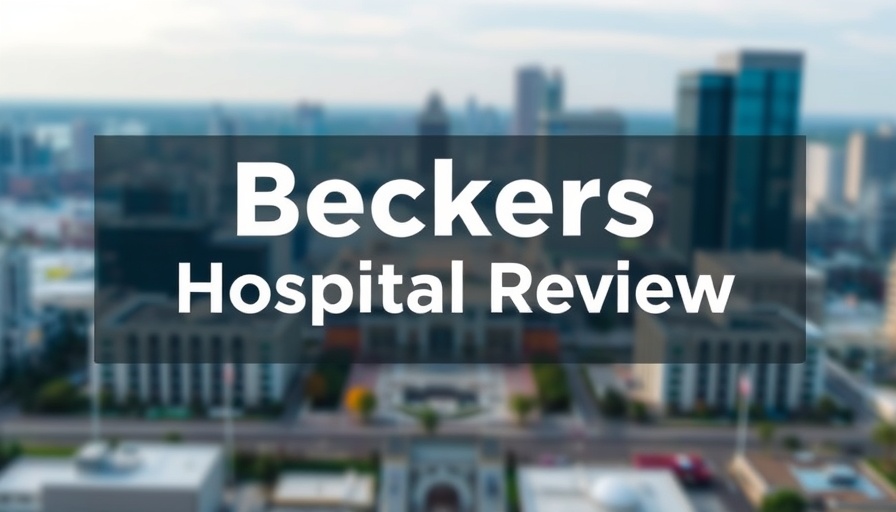
Introducing HCA's Newest Independent Director
In a significant move to enhance its governance structure, HCA Healthcare has appointed John Chidsey III as an independent director, effective July 15. Known for his leadership roles in the fast-food industry, Chidsey previously served as the global CEO of Subway and held the same position at Burger King Holdings. This appointment sets a hopeful tone for HCA’s future, promising to drive organizational efficiency and growth in an evolving healthcare marketplace.
The Unique Perspective of a Food Service Veteran
Chidsey’s journey through the fast-food giants brings a fresh perspective to the healthcare sector. His experience in managing large-scale operations and responding to consumer needs may parallel with the challenges faced in healthcare—especially in patient engagement and satisfaction. Much like how consumers expect rapid service in restaurants, healthcare providers are now leaning towards optimizing practice efficiency solutions to improve patient interactions and engagement. His background could potentially foster innovative approaches in HCA's patient care delivery.
Navigating Healthcare Compliance and Patient Safety
As a new board member, Chidsey will participate in crucial committees including audit and compliance, compensation, as well as patient safety and quality of care. Understanding the intricacies of healthcare compliance is vital, and his corporate experience equips him to tackle regulatory challenges and ensure HCA adheres to established standards. This focus aligns with the growing emphasis on HIPAA-compliant automation tools within healthcare organizations, bolstering trust and safety for both patients and staff.
Connecting Leadership to Employee Health Benefits
Chidsey's leadership role may also impact employee health benefits, which are essential for employee retention in today’s turbulent job market. By integrating insights from the fast-food industry, where employee satisfaction is critical for maintaining high service levels, HCA could enhance its approach to staff benefits and optimize medical staff retention in their facilities. Providing attractive pre-tax benefit plans could further energize HCA’s workforce.
What This Means for Independent Providers
Independent physicians, nurse practitioners, and other direct care providers should take note of this change. The influence of corporate principles in healthcare may herald new opportunities for collaboration and support. For instance, Chidsey’s experience can aid independent practices in optimizing their practice revenue through innovative patient engagement tools and remote therapeutic monitoring (RTM) programs supportive of healthcare automation.
Future Implications and Opportunities
The integration of non-traditional perspectives into healthcare governance, such as from the food industry, may pave the way for new trends focusing on efficiency, automation, and patient-centered strategies. As HCA Healthcare forges ahead, opportunities for cooperation and development of tools and techniques beneficial to smaller practices and community pharmacies could arise. They may include advanced practice automation and digital front desk strategies that foster enhanced operational workflow.
Call to Action for Independent Health Providers
As the healthcare landscape continues to evolve, independent providers are encouraged to stay informed about governance changes at large health organizations like HCA. Embracing new technologies and integrating innovative practices into your clinics can drive outreach and profitability in a competitive market. Look into healthcare business tools that promote efficiency, and ensure you utilize patient engagement and automation tools to optimize your practice.
 Add Row
Add Row  Add
Add 




Write A Comment